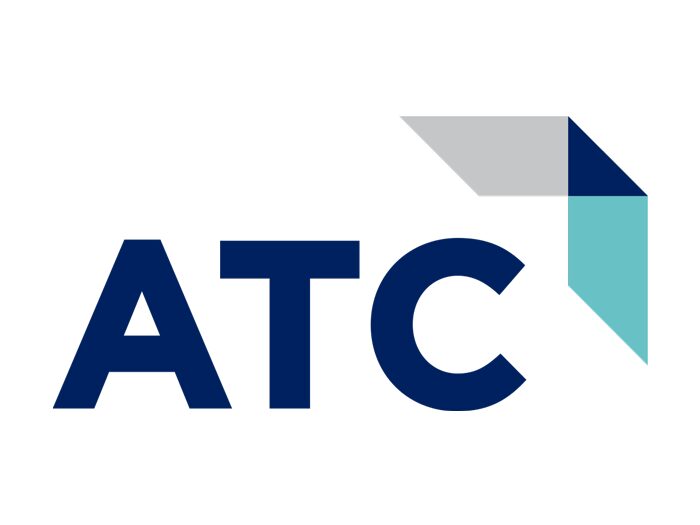The At-Home Agent Advantage

Even before COVID-19 forces in the industry were causing dramatic and rapid changes in the way contact centers utilize technology and structure operations. Two of these have been interrelated: the adoption of cloud contact centers and the shift to supporting a remote workforce.
As more companies move their contact centers to the cloud, they find that the technology greatly simplifies setting up at-home agents; all that’s required to start taking calls is a computer, a headset, and an Internet connection.
Developing a program that allows agents to work at home is an incredibly effective way to reduce operating costs, while improving service levels as well. Among the benefits are huge cost savings, greater flexibility, a larger pool of qualified agents, reduced staff churn and absenteeism, enhanced agent and customer satisfaction, and greater productivity.
(These tips are provided by ATC CCaaS provider, Five9.)
Of course, having remote agents creates a whole new set of management challenges that need to be addressed. In order to run a successful program, it is necessary to apply a set of contact center management best practices to the unique needs of at-home agents. Here are several best practices, along with some tips and tricks contact center managers have found to be useful in maximizing positive results:
1. Hire qualified, motivated agents.
When you interview, conduct an initial remote interview. Your customers will never see the agent, so don’t be influenced by the person’s appearance or body language. Always conduct reference and background checks. When you employ home agents, you’re removing the 25-mile travel limitation that applies to brick-and-mortar offices, so don’t settle for anything less than the best. Build a profile of your most successful agents and hunt for others with similar backgrounds and personalities.
2. Focus on certification and skills.
Make sure candidates have comprehensive product training, both from the start and on an ongoing basis. Tie incentives and promotions to certifications and skills.
3. Provide proper coaching and communication.
Supervisors should be scheduled to be available through initial calls and to assist with that first round of questions. Consider collaboration tools such as chat for agents and supervisors and use coaching tools such as whisper coaching or other mentoring tools. Schedule regular one-on-one meetings with remote agents to discuss their needs; if you have a brick-and-mortar contact center, don’t forget to include them in any staff meetings.
4. Create clear expectations.
Establish clear metrics and expectations, identify performance issues early, and take action immediately. Excellent reporting and management tools are critical to being able to track your agents’ performance. Monitor performance in real time and compare historical statistics whenever possible.
5. Design proper incentives.
Think about implementing a pay-for-performance system. Agents who have direct rewards to work toward tend to be more productive. Give agents tools to see at a glance how they are doing and view the progress they’ve made.
6. Record 100 percent of your calls.
Just knowing that every call is being recorded will increase agent awareness, which will improve quality. Recording calls is great for training and coaching, while maintaining security and compliance.
7. Choose a solid technical foundation.
A strong foundation can make all the difference. Include agent chat for collaboration along with quality monitoring for supervisors. Reporting tools must be flexible and comprehensive. Look for productivity-enhancing tools such as queue callback and the ability to easily blend inbound and outbound calls. Make certain the platform can be rapidly deployed and will scale up and down easily.










